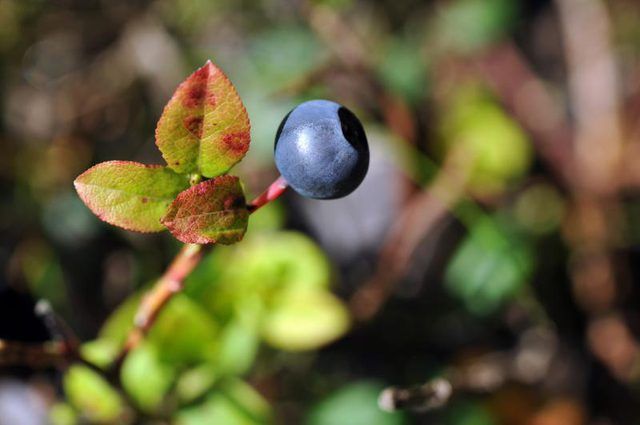Bulbs
Flower Basics
Flower Beds & Specialty Gardens
Flower Garden
Garden Furniture
Garden Gnomes
Garden Seeds
Garden Sheds
Garden Statues
Garden Tools & Supplies
Gardening Basics
Green & Organic
Groundcovers & Vines
Growing Annuals
Growing Basil
Growing Beans
Growing Berries
Growing Blueberries
Growing Cactus
Growing Corn
Growing Cotton
Growing Edibles
Growing Flowers
Growing Garlic
Growing Grapes
Growing Grass
Growing Herbs
Growing Jasmine
Growing Mint
Growing Mushrooms
Orchids
Growing Peanuts
Growing Perennials
Growing Plants
Growing Rosemary
Growing Roses
Growing Strawberries
Growing Sunflowers
Growing Thyme
Growing Tomatoes
Growing Tulips
Growing Vegetables
Herb Basics
Herb Garden
Indoor Growing
Landscaping Basics
Landscaping Patios
Landscaping Plants
Landscaping Shrubs
Landscaping Trees
Landscaping Walks & Pathways
Lawn Basics
Lawn Maintenance
Lawn Mowers
Lawn Ornaments
Lawn Planting
Lawn Tools
Outdoor Growing
Overall Landscape Planning
Pests, Weeds & Problems
Plant Basics
Rock Garden
Rose Garden
Shrubs
Soil
Specialty Gardens
Trees
Vegetable Garden
Yard Maintenance
What Do Wild Blueberry Bushes Look Like?
What Do Wild Blueberry Bushes Look Like?. Wild blueberries belong to the Vaccinium genus and are loved for the sweet-tart fruits they produce in mid- to late summer. As their name suggests, wild blueberries can be found in abandoned fields, along the side of the road, in forests and on mountains. These hardy plants spread through seeds and the...

Wild blueberries belong to the Vaccinium genus and are loved for the sweet-tart fruits they produce in mid- to late summer. As their name suggests, wild blueberries can be found in abandoned fields, along the side of the road, in forests and on mountains. These hardy plants spread through seeds and the development of rhizomes, or underground stems.
Branch, Foliage and Fruit Production
All wild blueberries produce blue-black, round fruits -- their most distinctive characteristic. The fruit has a five-pointed crown on the underside of the berry. Wild blueberries have thin branches and produce flowers that range from white to light pink in color. The leaves are green and broad, with a defined point, and they turn bright red in the fall. The berries produced by the wild plants are smaller than cultivated berries, roughly 1/4 inch in diameter, and they contain small, soft seeds.
Species of Wild Blueberries
The two primary species of wild blueberries that grow in North America are the lowbush blueberry (Vaccinium angustifolium) and the sour top (Vaccinium myrtilloides). The sour top is a larger shrub, reaching heights of 6 to 24 inches tall, while the lowbush blueberry grows 3 to 15 inches high. Both shrubs produce a dusky blue-colored berry, -- the sour top has a waxy coating on the outside of the berry, while the lowbush has a powdery-looking coating. As the name implies, sour top berries are less sweet than the lowbush blueberry.
Where to Find Wild Blueberries
Wild blueberries are hardy in U.S. Department of Agriculture plant hardiness zones 3 through 6. The location of wild blueberries depends on the species. The lowbush blueberry can be found in fields and forests, while the sour top grows mostly in woodlands. While wild blueberries grow throughout the United States, they are most prevalent in Maine and New Jersey. Wild blueberries are safe to eat but will taste best when fully ripened. To test for ripeness, tickle the fruit bunches and eat only the fruit that falls off easily. Blueberries are not fully ripe until several days after they turn blue. When harvesting wild berries, be aware that it's easy to misidentify them, and not all berries are edible. Do not eat berries that you can't definitively identify.
Blueberries Vs. Huckleberries
Blueberries are commonly mistaken for huckleberries, another wild shrub that produces small blue fruits. Blueberries are lighter in color than huckleberries, although the size and shape of the fruits are similar. Huckleberries grow more densely than wild blueberries, which tend to have a creeping growth habit, and are much taller, reaching upward of 4 feet high. The flowers are bell-shaped on the huckleberry plant, and the leaves turn a dark gold to red-purple in the fall. The seeds of the huckleberry fruit are harder than blueberries, and there are 10 seeds per berry. Huckleberry plants are found more commonly in the Pacific Northwest and the Northeast, growing mainly on mountainsides.